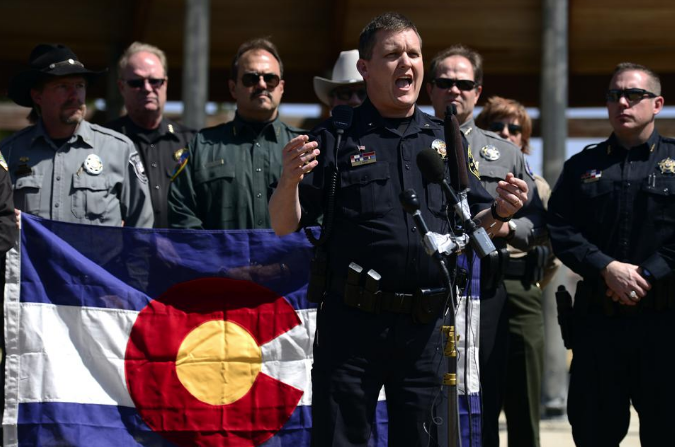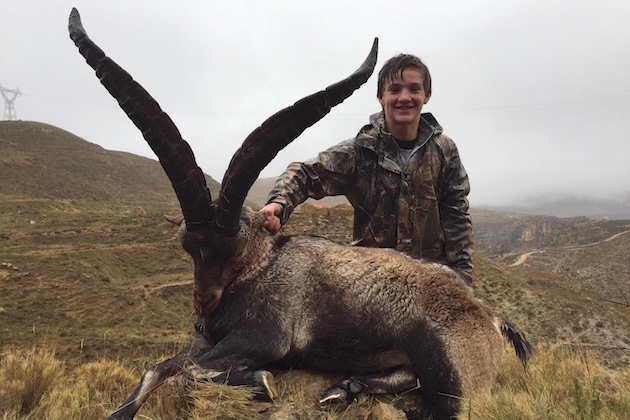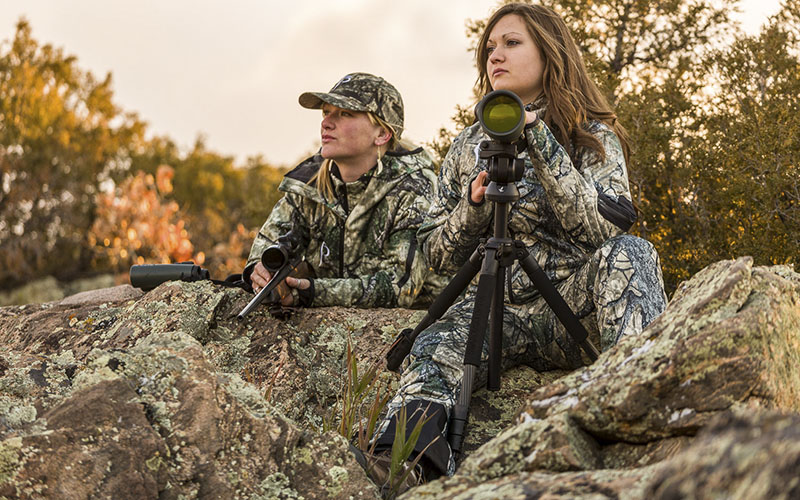With the fate of the NRA in the hands of a court, some gun rights advocates begin to search for new leadership for the organization.
After months of revelations of self-inflicted wounds at the National Rifle Association—including kick-backs, self-dealing and a culture of corruption at the highest levels of the organization—one thing is now certain: change is coming to the NRA. The organization’s ill-advised and failed attempt to file for bankruptcy in an effort to avoid prosecution in the state of New York where it was incorporated 150 years ago, now opens the door for the New York Attorney General’s office and the IRS to begin what is sure to be a forensic deep dive into the organization’s financial dealings potentially going back decades.
A group of long-time NRA supporters (self-described as life members and above) recently called what has befallen the organization as less a killing of the NRA by the New York AG as it is, “an assisted suicide.” Many within the organization’s ranks think time is running out for the organization’s CEO, 71-year-old Wayne LaPierre and a board that has yet been willing to tell the emperor he has no clothes, although, in this case, Mr. LaPierre apparently has an extensive collection of very expensive suits. The Wall Street Journal reported that the non-profit chief spent nearly $300,000 on his wardrobe alone from 2004 to 2017.
Google “NRA corruption” and 1.2 million entries appear and gun-owner chat rooms have savaged the organization’s leadership in recent months for widely reported excesses. Speaking to the Gangster Capitalism podcast, a former employee of the NRA’s long-time agency, Ackerman McQueen (now embroiled in a lawsuit with its former client) detailed the nature of how LaPierre and other top NRA officials used Ackerman to hide egregious expenses.
New York Attorney General Letitia James—long an NRA foil who is on record as saying her goal is to dissolve the NRA—is now looking at the organization the way a leopard sees an antelope. Her initial complaint alleges that the NRA had improper business relationships with roughly a quarter of the 76-member board, which some believe may explain their unwillingness to remove LaPierre. Now the NRA will spend millions more dollars in legal fees to try and defend what many members believe is indefensible. Some close to the organization fear the extent of what the AG and IRS investigations uncover could bring an end to the conservative institution—at least as it has existed for decades.
Other experts believe a court-appointed trustee is likely in the NRA’s future, and that person might well remove the organization’s executive team as a forensic accounting effort is launched with what attorney Neil Goldman describes as, “…the legal equivalent of Seal Team Six.” Goldman is an NRA life member who has been tracking the organization’s troubles from the beginning.
“Anything less than a clean and immediate sweep of current upper management will not cut it. Even that may not be enough,” he says. “So many excesses over so many years without any oversight is indicative of a corrupt culture. It will be hard, if not impossible, to convince any independent authority (judge, trustee, etc.) that this can be corrected. If a plane is in a spin, sometimes there simply isn’t enough air between you and the ground to recover.”
“There is no scenario where Wayne LaPierre survives as the CEO of the NRA,” says one veteran gun industry insider. “Wayne will not leave on his own accord and the board is now significantly comprised of sycophants who are clearly not inclined to do their job…he’ll only leave in handcuffs at the direction of the IRS or New York Supreme Court, which is now a likely scenario.” The source, an attorney, went on to warn, “Each board member has personal liability exposure…they can all be sued and I’m hearing that the NRA no longer has Directors and Officers liability coverage. Who would underwrite them at this point?”
Even if the NRA is able to survive its legal challenges, some worry that the brand may be irrevocably damaged. Goldman sees the NRA members as victims who need protection from their own leadership. “The authority of the New York Attorney General over a not-for-profit stems from the need for the State to protect the members of the organization. It’s hard to justify closing the organization as a means of protecting the members.”
Given what has already been learned of the NRA’s culture of using member funds as a personal piggy bank, most believe fresh leadership will have to come from outside the current ranks of staff and board to avoid the perception that the next generation of leadership will simply deliver more of the same.
“Further, dissolving the NRA would be an administrative nightmare,” he says. “In most, if not all cases such as this, the organization is insolvent and not fulfilling its mission in accordance with its charter. In the case of the NRA, neither of these things are true. If the New York AG petitioned the court for dissolution, they would be required to give notice to each NRA member or, at the very least, to every Life Member and/or Estate donor with instructions as to how they enter an objection. You can bet there will be a massive, well-orchestrated, and professionally represented group of members opposing the dissolution…especially with hundreds of millions of dollars purportedly still in NRA coffers.”
“The NRA is not going away,” says Larry Potterfield, founder of MidwayUSA, an outdoor retailer that is a two-time recipient of the Malcolm Baldridge Award, the nation’s highest presidential honor for performance excellence. Potterfield and the programs he’s initiated for the NRA have raised tens of millions of dollars for the organization since the early ‘90s. “Wayne LaPierre has done a tremendous amount of good for the NRA for a long time, I support him personally and professionally. Having said that, much of the organization’s problems stem from the siloed nature of the departments within the organization. Wayne is not a business manager, he’s a politician who needs to be on the front lines of the fight for the Second Amendment. He trusts his lieutenants to run the organization’s operations and sometimes they get off track, which happens in a lot of organizations. They need to become a fully integrated company and they’ve already made a great deal of changes to address their internal issues. I find no fault with Wayne LaPierre, he’s the best guy to run the organization through this litigation.”
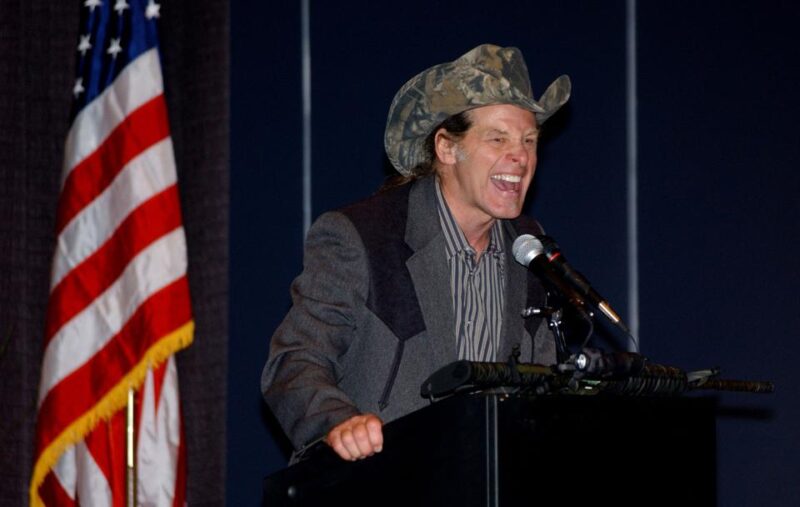
Rocker Ted Nugent, an NRA board member, fears the NRA bureaucracy is crippling the organization and that they’ve lost their once unrivaled political influence. GETTY IMAGES
Others see him as a distraction that is damaging the NRA’s mission and they cite the organization’s failure to mount a serious political effort during the critical last election cycle as proof of how the once mighty NRA has fallen under his leadership. “Your CEO is either an asset or a liability to the mission,” said one NRA board member who requested anonymity. “It’s clear to me that Wayne has become the latter. He can’t even do interviews at this point regarding the Second Amendment because all the questions directed at him would be about his personal financial issues.”
Some on the board and many within the firearms industry also do not believe LaPierre will survive what is coming in the courts and they have begun searching for new leadership. Given what has already been learned of the NRA’s culture of using member funds as a personal piggy bank, most believe fresh leadership will have to come from outside the current ranks of staff and board to avoid the perception that the next generation of leadership will simply deliver more of the same.
“I think you’ll see the courts put a trustee in place who will remove the NRA’s executive team—especially LaPierre—and the board,” says the gun industry insider. “Then the membership will elect a new board who will then hire a new CEO. It’s a good bet that the court will have to approve the new CEO as well, so it will have to be someone who is squeaky clean. I don’t know of anyone in the gun industry who thinks LaPierre should remain.”
“We must put in place a new executive leadership team and board to steer the organization through a real restructuring process,” said another gun industry leader speaking on condition of anonymity. “It’s the only way to save the NRA in the long run.”
One long-time conservation non-profit chief offered, “There should already be a true ‘Friends of the NRA’ group—all of whom swear to having no interest in future NRA employment or contract work—quietly working in earnest on a Phoenix strategy.”
Writing in the Outdoor Wire, a firearms industry trade publication, Randy Luth, a long-time supporter of the NRA and founder of D.P.M.S./Panther Arms, pulled no punches in calling on the firearms industry and members of the NRA to boycott the organization’s upcoming convention in Houston over Labor Day.
“After watching this train wreck over the last two years,” he wrote, “it is time for the firearms industry to assist in removing Wayne LaPierre from our beloved NRA. As the bankruptcy proceedings confirmed, there is a direct lack of leadership at the executive level as well as a lackluster board of directors….It has become obvious that LaPierre will not step down, so it is time to help him make that decision.”
Others close to the organization predict, however, that LaPierre will stay and benefit from the organization’s legal protection for as long as he is allowed to do so. Reports that the NRA has paid more than $100 million of member money to fight a litany of lawsuits in recent years has only exacerbated the concerns of the organization’s loyalists—and that doesn’t include fees for the recent failed bankruptcy attempt. In the 90 days leading up to that trial, the NRA spent a reported $18 million on legal fees. “How can any non-profit be involved in that many lawsuits?” questions Luth.
For rocker Ted Nugent, the NRA’s most popular board member, the situation the NRA finds itself in, “…is truly heartbreaking. It is such a quagmire I don’t know where to begin except that the goal is clear to honestly and accurately represent the pulse of the membership and do everything possible to eliminate the bureaucracy that currently controls the NRA.”
“A board this size [76 members] is inadvisable,” writes Elizabeth Schmidt of the University of Massachusetts Amherst in a recent edition of The Conversation, a nonprofit news site. “Experts recommend that nonprofit boards have between eight and 14 members so they can act as one group, with each member feeling responsible.”
Many gun rights advocates see George Brauchler as just the kind of charismatic and dynamic leader—with no connection to the organization’s current corruption scandal—the NRA will need in the coming years.
Schmidt now uses the NRA’s woes in her classroom as a case study of how not to run a non-profit. “Had the NRA’s board done its job, I doubt the gun group would be in all this trouble,” she continued. “New York’s NRA complaint reads like a textbook case of governance failure. It alleges that the board neither followed its own procedures nor documented its compensation decisions. Its audit committee ignored its obligation to oversee internal controls, failed to review related-party transactions and brushed-off whistleblowers.”
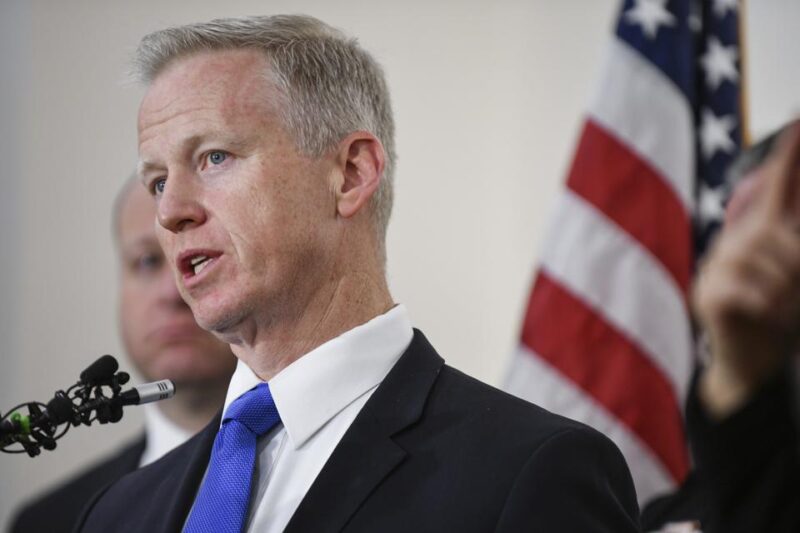
Colorado District Attorney George Brauchler has prosecuted some of the nation’s most notorious killers and has remained steadfast in his support for the Second Amendment. He’s seen by some within the firearms community as a leading contender to replace LaPierre at the helm of the NRA. GETTY IMAGES
One person who has been watching NRA developments closely is George Brauchler, who came to national prominence as the District Attorney who prosecuted the enablers of the Columbine killers and the perpetrator in the Aurora Theater massacre. He’s currently in the midst of prosecuting the STEM School shooting that occurred in Highlands Ranch, Colorado, on May 7, 2019. Through it all, Brauchler has remained a steadfast advocate for the protections of the Second Amendment. He also opposed Colorado’s red flag laws that allowed for firearm confiscation without timely due process. Many gun rights advocates see Brauchler as just the kind of charismatic and dynamic leader—with no connection to the organization’s current corruption scandal—the NRA will need in the coming years.
“Some politicians want you to believe that we have a gun problem in America,” says Brauchler, “but what we have instead is a crime problem. Not only will disarming law abiding citizens not improve that reality it will exacerbate it. That’s an important message the NRA has echoed for a long time. We need their voice to remain loud in the future because in this political climate the headwinds are strong.”
Brauchler is also seen by many in Colorado as the odds on favorite to capture the republican nomination for Governor should he choose to run. He narrowly lost his bid to become the state’s Attorney General in 2018, but received more votes for statewide office than any Republican in Colorado history, a state that has become predominantly blue in recent years.
One six-figure NRA donor who knows Brauchler well offered, “George is exactly what the NRA needs now. He’s a powerful and articulate voice for gun owners and has the legal chops to effectively push back on attacks to the Second Amendment. People like him…and they trust him. The NRA needs a leader like that.”
The NRA with its nearly five million members has long been the political heavyweight whose influence extends beyond firearm legislation to support for hunter’s rights and conservation, creating a coalition of gun owners and sportsmen whose influence in Washington has been unmatched over many decades.
“As sportsmen and gun owners, we need a strong and effective NRA,” says Luke Hilgemann, who formerly served as CEO of Americans for Prosperity and who now heads up a sportsman’s advocacy group called Hunter Nation. He also sees Brauchler as a serious contender for the NRA leadership post. “His background in successfully prosecuting and bringing some of the most horrific murderers in American history to justice and his personal skills as a leader and communicator would make him a formidable candidate to run the NRA.”
The question facing NRA members now, however, is who will make that decision and when?
This article originally appeared in Forbes. Follow Sporting Classics TV host Chris Dorsey at Forbes.
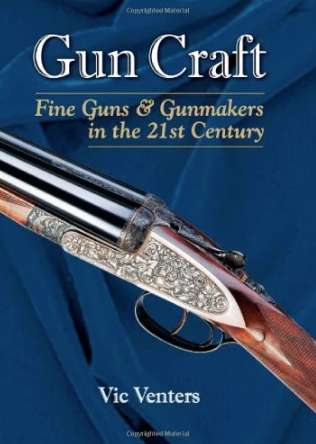 Gun Craft examines today’s artisanally made guns, as well as the craftsmen who make them. In it, the author takes the reader into the workshops and factories of the world’s best gunmakers, making their sometimes-arcane craft skills accessible and relevant to anyone who shoots, owns or collects fine guns. Each chapter explores a separate topic; each has been chosen, however, to provide readers with a unified insight into the complicated task of making hand-made guns in both Europe and the United States. Shop Now
Gun Craft examines today’s artisanally made guns, as well as the craftsmen who make them. In it, the author takes the reader into the workshops and factories of the world’s best gunmakers, making their sometimes-arcane craft skills accessible and relevant to anyone who shoots, owns or collects fine guns. Each chapter explores a separate topic; each has been chosen, however, to provide readers with a unified insight into the complicated task of making hand-made guns in both Europe and the United States. Shop Now


